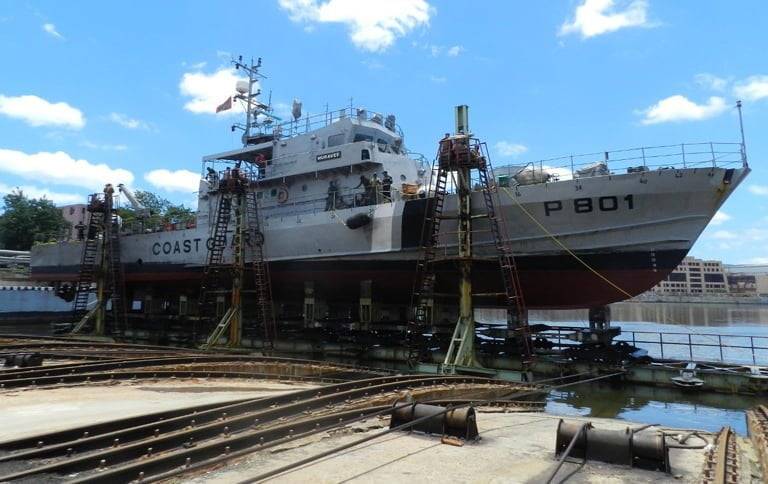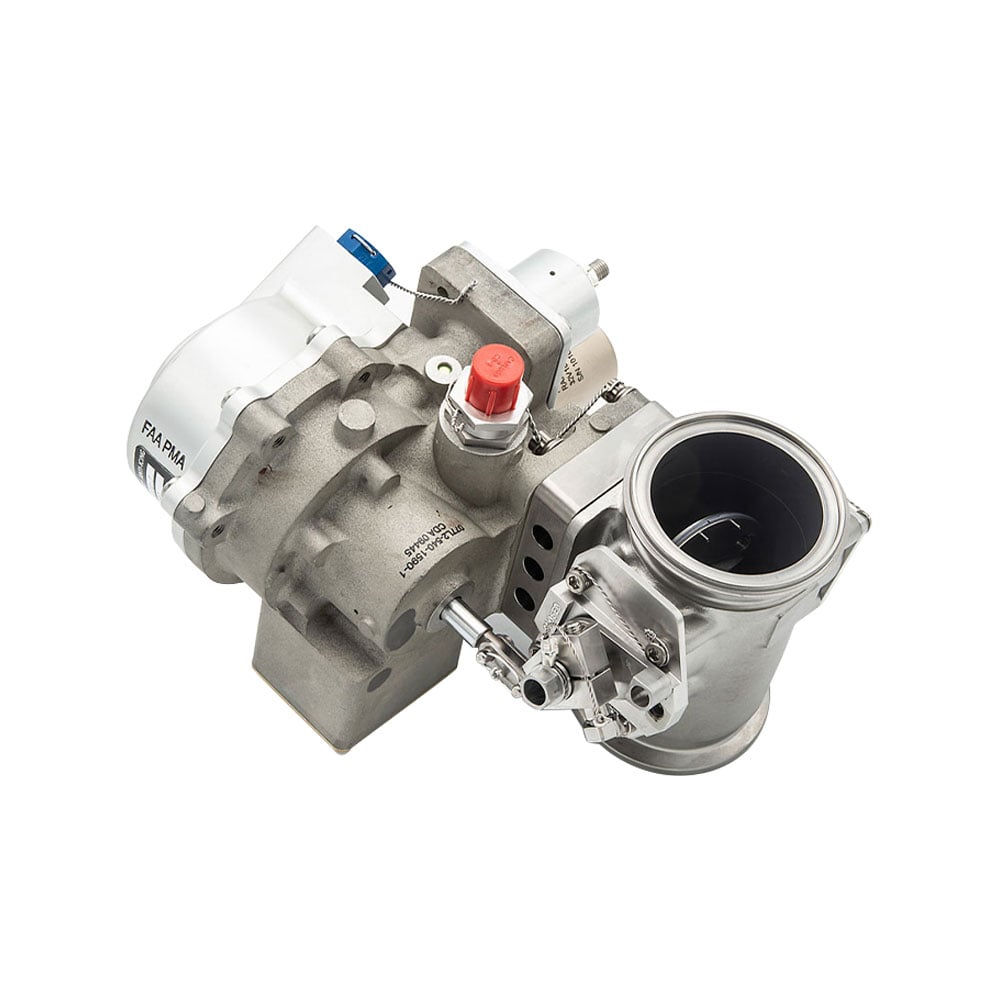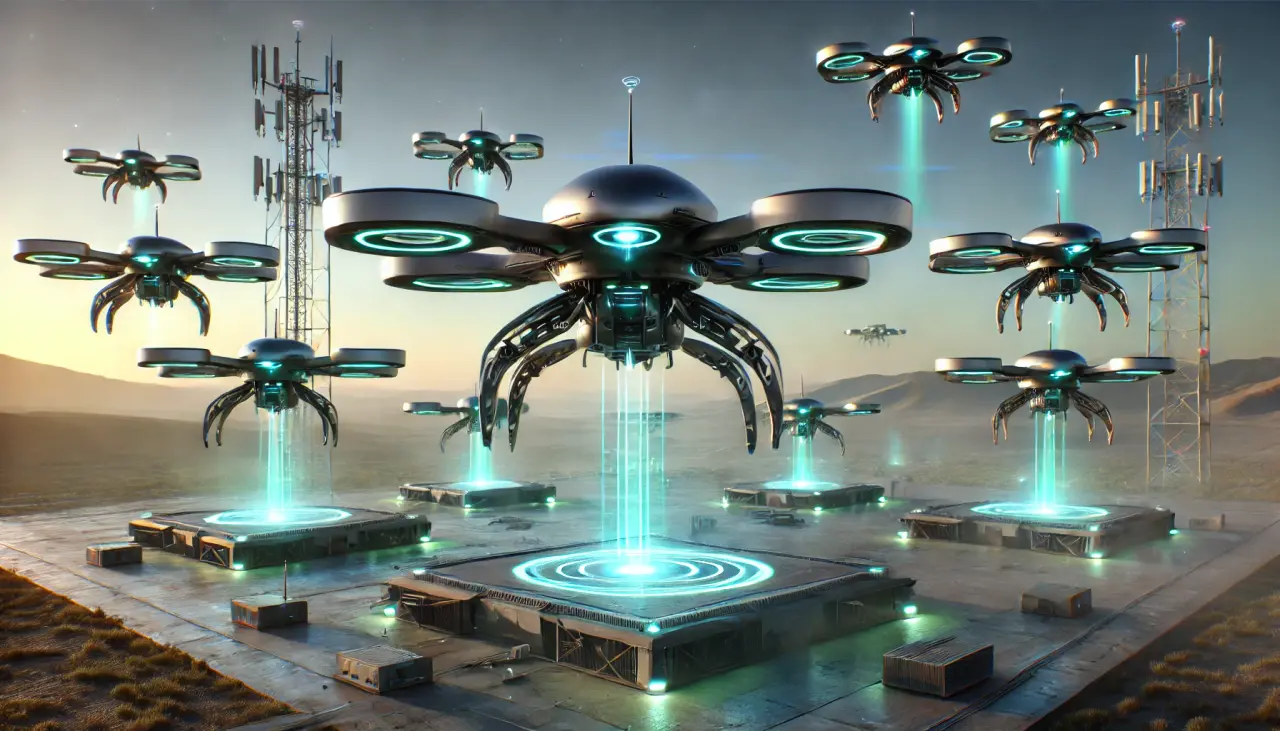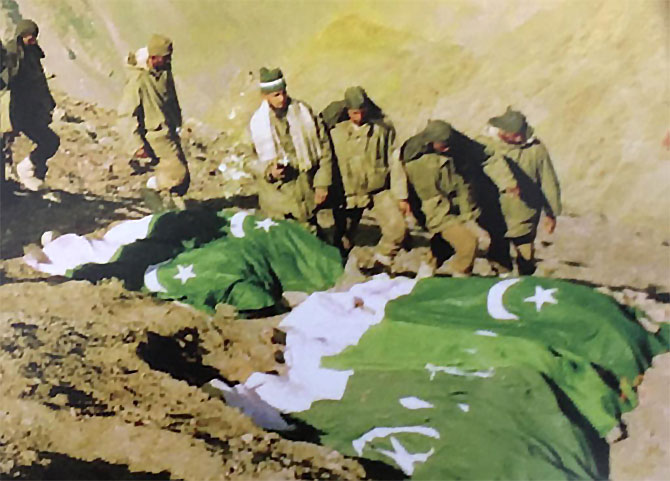AFI
SOURCE: AFI


In a demonstration of its commitment to regional security cooperation, the Indian Navy is currently undertaking the maintenance and repair of two important vessels for its neighboring countries: the Maldivian Coast Guard Ship (MCGS) Huravee and the Mauritius Coast Guard Ship (MCGS) Valiant. These refits are being carried out at no cost to the respective governments, highlighting India’s proactive approach to strengthening maritime security in the Indian Ocean region.
Originally commissioned by India in 2016, the MCGS Huravee was formally handed over to the Maldives in 2023. The vessel is currently undergoing a comprehensive refit at the Naval Dockyard in Mumbai. This process involves critical repairs and upgrades aimed at enhancing its operational capabilities, ensuring its continued service in safeguarding Maldivian waters. The decision to refit the Maldivian vessel was made during the state visit of Maldivian President Ibrahim Mohamed Solih to India in October 2023.
Continue readingSOURCE: AFI


The forthcoming report of the Parliamentary Standing Committee on Defence is expected to echo last year’s recommendation for the government to consider acquiring fifth-generation fighter aircraft “over the counter” if delays plague the Multi-Role Fighter Aircraft (MRFA) project. This suggestion underscores the urgency of bolstering the Indian Air Force’s (IAF) dwindling fighter squadron strength amidst long-standing procurement challenges.
In its previous report, the committee expressed concerns over the pace of the MRFA procurement process, which aims to induct 114 fighter jets. The panel highlighted the risk of the project following the protracted trajectories of earlier programs like the Light Combat Aircraft (LCA) Tejas and the Kaveri jet engine.
Continue readingSOURCE: AFI


On November 4, 2024, the Aeronautical Development Agency (ADA), responsible for the development of the Advanced Medium Combat Aircraft (AMCA), issued a tender for the procurement of raw materials required for the manufacturing of ECS (Environmental Control System) valves. These valves are a crucial component of the AMCA, playing a pivotal role in regulating and maintaining the aircraft’s environmental systems, ensuring optimal performance and survivability under various operational conditions.
The tender specifies the raw materials to be procured, primarily focusing on high-performance alloys and stainless steel that are essential for the demanding aerospace applications of the AMCA. The materials mentioned in the tender include various grades of Nimonic, Inconel, and 17-4 PH steel, all of which are well-known for their excellent strength, corrosion resistance, and thermal stability—key characteristics needed for aircraft components.
Continue readingSOURCE: AFI


The Indian Air Force (IAF) is actively seeking replacements for its ageing fleet of Soviet-era Ilyushin Il-76 heavy transport aircraft. As these aircraft approach the end of their operational life, the IAF requires a modern, reliable, and efficient transporter capable of meeting its strategic airlift requirements. Among the contenders are the Airbus A400M Atlas, a turboprop-driven aircraft, while not on offer but the Kawasaki C-2, a twin-turbofan-engine cargo aircraft should be considered. While both aircraft offer significant capabilities, a closer comparison reveals distinct advantages and drawbacks for each.
The Airbus A400M is a modern, multi-role turboprop-driven transport aircraft that has been lauded for its versatility and advanced systems. It is capable of carrying up to 37 tons of payload, placing it in the same league as the Il-76 and Kawasaki C-2. The aircraft is designed to operate from short and unprepared airstrips, making it ideal for tactical and strategic airlift operations.
Continue readingSOURCE: AFI

The Bofors 40mm Automatic Gun L/70, originally developed by the Swedish arms manufacturer AB Bofors, has been a cornerstone of air defense systems for decades. Recently, the legacy weapon system received a significant technological boost, as Bharat Electronics Limited (BEL) integrated its Drone Guard System (DGS) into the platform. This development underscores the evolving role of the L/70 autocannon in countering emerging aerial threats, particularly unmanned aerial vehicles (UAVs) or drones.
The upgraded Bofors L/70 now features BEL’s advanced Drone Guard System, which has been specifically designed to detect, track, and neutralize rogue drones. The DGS works to provide security to the autocannon also as an integrated solution for low-altitude aerial threats.
Continue readingSOURCE: AFI


Bengaluru-based startup Astrogate Labs Pvt Ltd is making significant strides in revolutionizing communication technologies through its innovative Free Space Laser Communication (FSLC) systems. Under DRDO’s Dare to Dream 4.0 initiative, the startup is developing high-speed, cost-effective solutions that could transform how data is transmitted across vast distances in space and for military applications.
Despite advances in space exploration, humanity still relies on radio signals for interplanetary communication. While dependable, radio waves are inherently slow for transmitting data over vast distances, leading to significant delays. For instance, it takes anywhere from 4 to 21 minutes for a message to travel from Mars to Earth.
Continue readingSOURCE: AFI


The Defence Research and Development Organisation (DRDO) is urging Indian drone startups to take on an ambitious project: the development of swarm drones that can collectively function as a static early warning radar system to monitor incoming aerial threats. This cutting-edge initiative aims to leverage advances in drone technology and artificial intelligence to create an innovative, resilient, and deployable defense mechanism.
The concept involves using multiple drones equipped with small radar sensors to form an interconnected “wall” in the air. These swarm drones would collaborate to create a real-time radar array capable of detecting and tracking incoming aerial threats, such as missiles, drones, or low-flying aircraft.
Continue readingSOURCE: AFI


India and Italy have taken significant steps to deepen their defence and industrial cooperation, with both nations agreeing to negotiate a defence industrial roadmap and other key agreements. These developments were highlighted in the Joint Strategic Action Plan 2025-29, which lays out a vision for bilateral cooperation over the next five years.
The roadmap aims to foster collaboration between the two countries’ defence sectors. A Memorandum of Understanding (MoU) is set to be negotiated between the Society of Indian Defence Manufacturers (SIDM) and the Italian Industries Federation for Aerospace, Defence, and Security (AIAD). The agreement will serve as a platform to explore joint ventures, technology transfers, and co-development opportunities in the defence sector.
Continue readingSOURCE: AFI


The Aeronautical Development Establishment (ADE), a premier research and development laboratory under DRDO, is currently on the lookout for highly skilled UAV pilots to join its team.
The organization is seeking individuals with extensive experience in unmanned aerial vehicle (UAV) operations to contribute to the design validation flight trials of various UAVs currently under development.
Continue readingSOURCE: AFI


Indian manufacturers of trinitrotoluene (TNT), a critical ingredient in artillery shells, tank ammunition, and certain types of mines, are experiencing unprecedented demand, driving prices to historic highs. With global conflicts in Europe and the Middle East fueling the need for ammunition, TNT prices have surged to ?8.5 lakh per tonne, up from the usual ?5.5 lakh per tonne, according to industry sources.
The surge in demand for 155mm artillery shells, widely used in howitzers such as Bofors guns, has directly impacted TNT prices. As 155mm ammunition becomes a staple in ongoing conflicts, the need for TNT—a key explosive material—has spiked dramatically. Tank shells and other munitions, which also rely heavily on TNT, have further amplified this trend.
Continue readingSOURCE: AFI


The development of India’s Advanced Medium Combat Aircraft (AMCA), a fifth-generation stealth fighter, has reached a critical stage, with the Defence Research and Development Organisation (DRDO) Chief announcing key timelines. Speaking on the program’s progress, the Chief revealed that the development trials for AMCA are expected to be completed by 2034, and the fighter jet should achieve induction into the Indian Air Force (IAF) by 2035.
This milestone will mark a transformative moment for India’s defense sector, as the AMCA will position the nation among an elite club of countries capable of designing and manufacturing advanced stealth aircraft indigenously. Currently, only a handful of nations, including the United States, Russia, and China, operate such cutting-edge technology.
Continue readingSOURCE: AFI


The CEO of Pakistan’s Global Industrial and Defence Solutions (GIDS) has recently made bold claims about the capabilities of their newly developed Shahpar-III unmanned aerial vehicle (UAV). According to the CEO, the Shahpar-III features an impressive wingspan of 67 meters, can operate at altitudes above 35,000 feet, and boasts an endurance of 30 hours with a range of 2,500 kilometers. Additionally, it reportedly has six hardpoints and can carry a payload of 500 kilograms, including up to eight weapons. The UAV is said to be entirely developed locally within two years.
While these specifications, on paper, appear to position the Shahpar-III as a game-changing platform, they raise questions about their feasibility and real-world performance, especially given Pakistan’s historical dependence on foreign partners such as China and Turkey for UAV technologies.
Continue readingSOURCE: AFI


The Kargil War of 1999 between India and Pakistan remains one of the most significant and controversial conflicts in the history of South Asia. While the war’s outcome has been well-documented, the question of Pakistan Army casualties during the conflict continues to be a topic of debate, with conflicting figures presented by different sources over the years.
Dr. Ishtiaq Ahmed, a noted Pakistani-Swedish political scientist and historian, shed light on the divergence in casualty figures provided by prominent Pakistani leaders. According to him, former Prime Minister Benazir Bhutto claimed that around 3,000 Pakistani soldiers died during the Kargil War. In contrast, her political rival and another former Prime Minister, Nawaz Sharif, estimated the figure at 2,500 soldiers.
Continue readingSOURCE: AFI


Guyana has shown a keen interest in bolstering its defense capabilities and is currently in discussions with Indian defense companies to procure a range of equipment, including Fast Patrol Vessels (FPVs), Offshore Patrol Vessels (OPVs), arms, ammunition, and other critical systems. The move reflects the South American nation’s commitment to modernizing its defense infrastructure amidst evolving security challenges, particularly in its maritime domain.
Guyana, with its vast Exclusive Economic Zone (EEZ) in the Atlantic Ocean, relies heavily on effective maritime patrols to safeguard its natural resources, especially oil and gas reserves. To enhance its maritime security, the country is engaging with Indian manufacturers known for producing high-quality and cost-effective patrol vessels tailored to coastal and offshore operations.
Continue readingSOURCE: AFI
/cdn.vox-cdn.com/uploads/chorus_image/image/29311381/lockheed-martin-sr-71-blackbird-1.0.jpg)

During the Cold War, the SR-71 Blackbird, a top-secret reconnaissance aircraft, represented the pinnacle of American aerospace engineering and a critical tool for intelligence gathering. However, a shocking incident involving a Soviet pilot in the 1970s led the US Air Force to implement an unusual requirement for SR-71 pilots: they had to be married.
This rule was not just a procedural formality but stemmed from deep concerns about loyalty and the security of sensitive military assets.
Continue reading